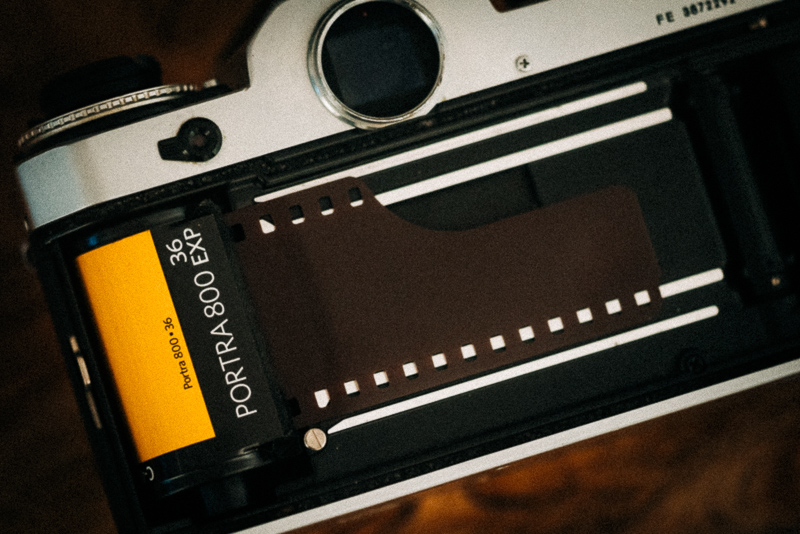
In 2023 Kodak Portra 800 is the fastest (or rather most sensitive) color negative film that is still in production. Ever since using that awful Cinestill 800T I was curious what results from a real ISO 800 color film will look like, so here we are.
Exposed as ISO400. Processing (ECN-2) and scanning was done at Silbersalz35 in Germany.
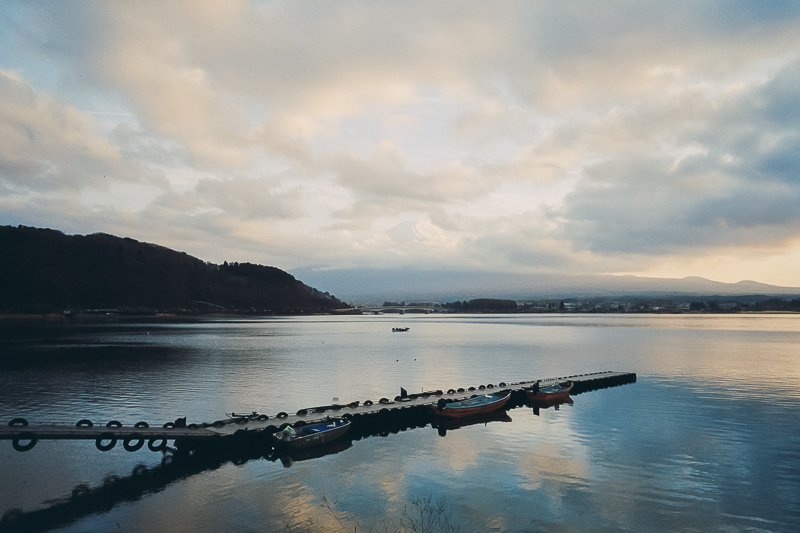
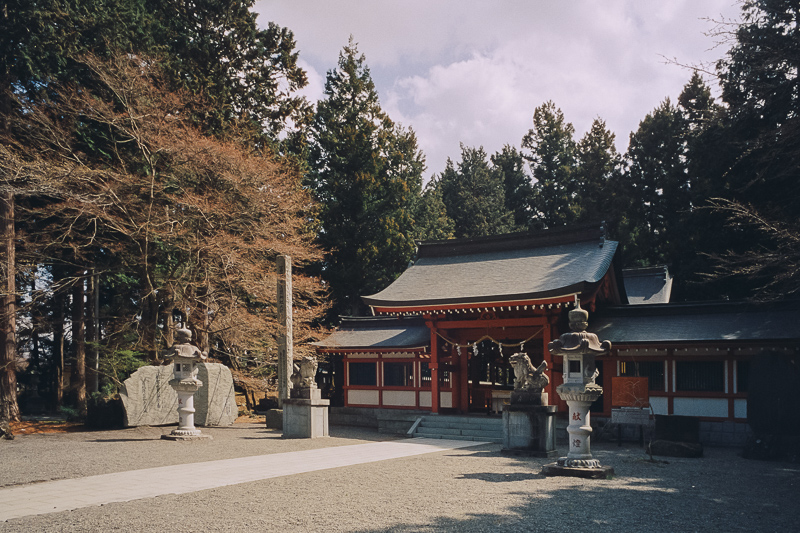
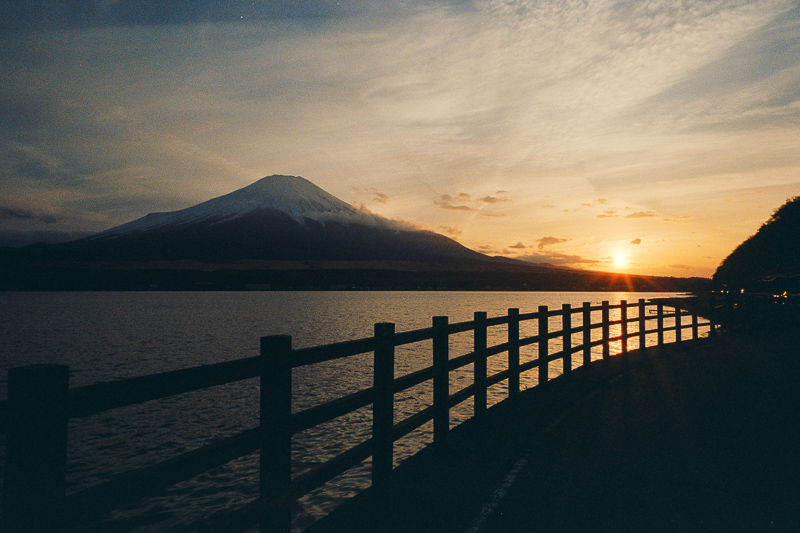
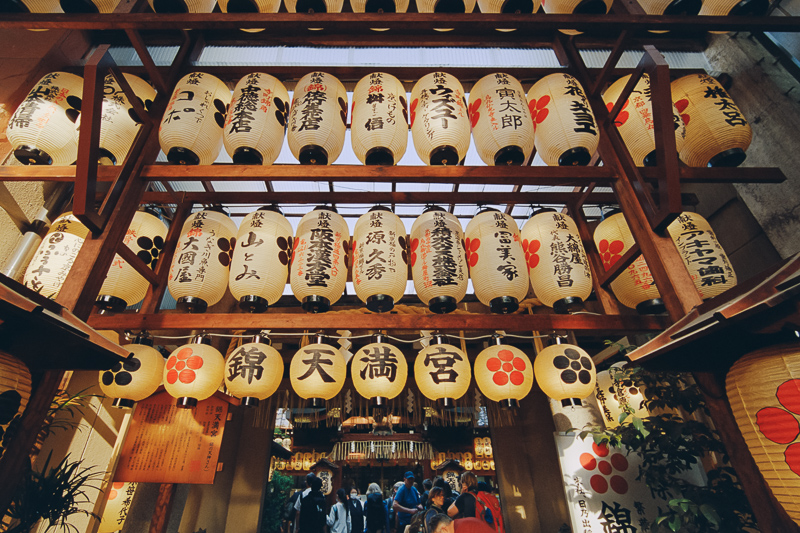
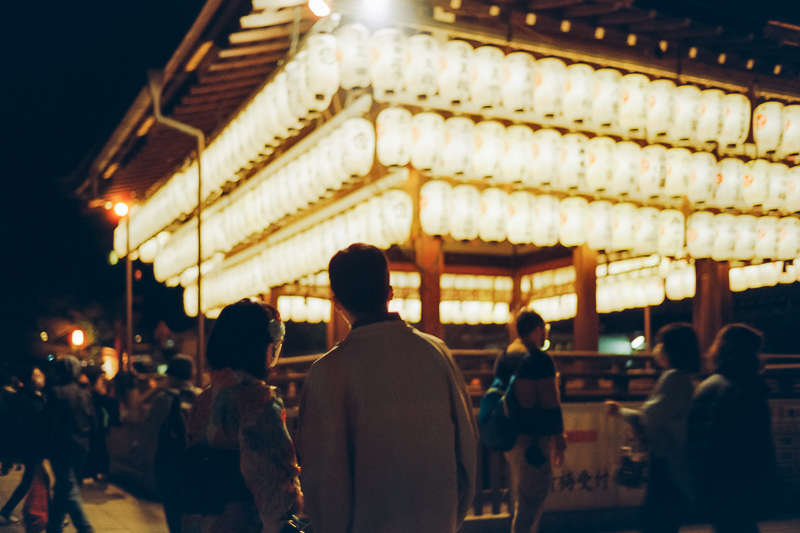
Needless to say the image quality you can get from this film is way better than what to expect from Cinestill 800T, but I was surprised to also see notable halos around strong point light sources. I really thought (and hoped) this effect would be limited to the Cinestill 800T. They are not nearly as distracting here and I really only encountered them in night scenes.
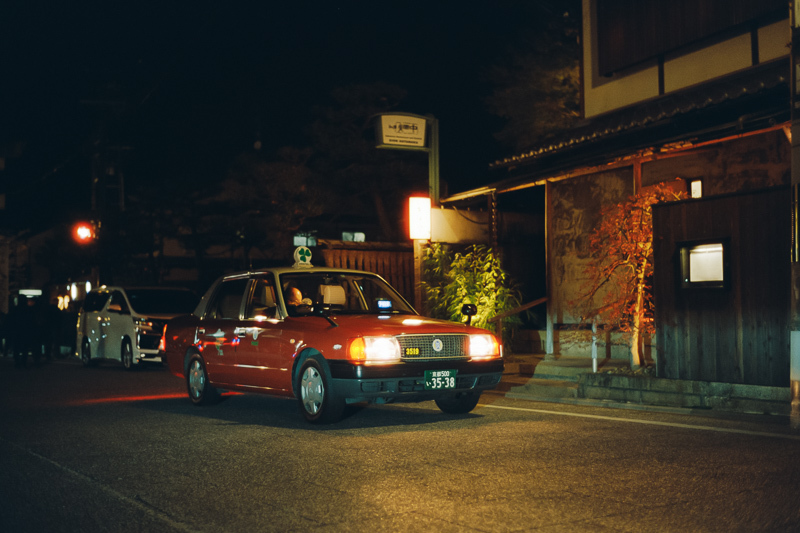
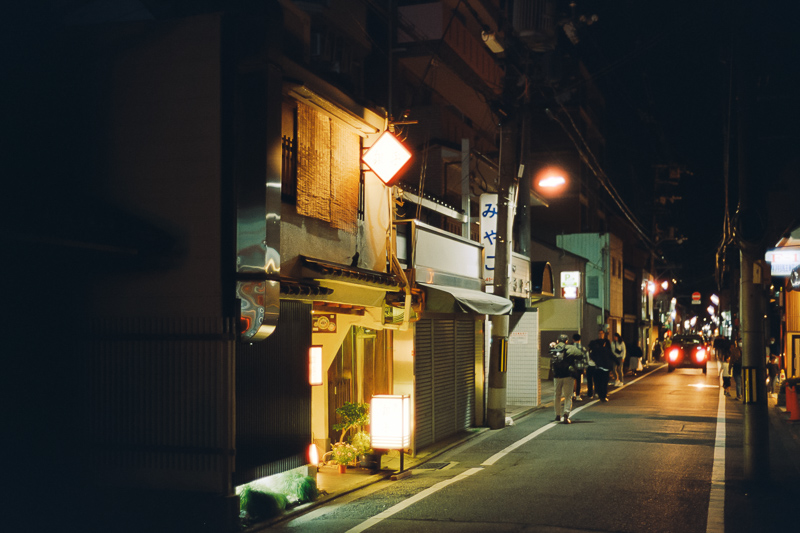
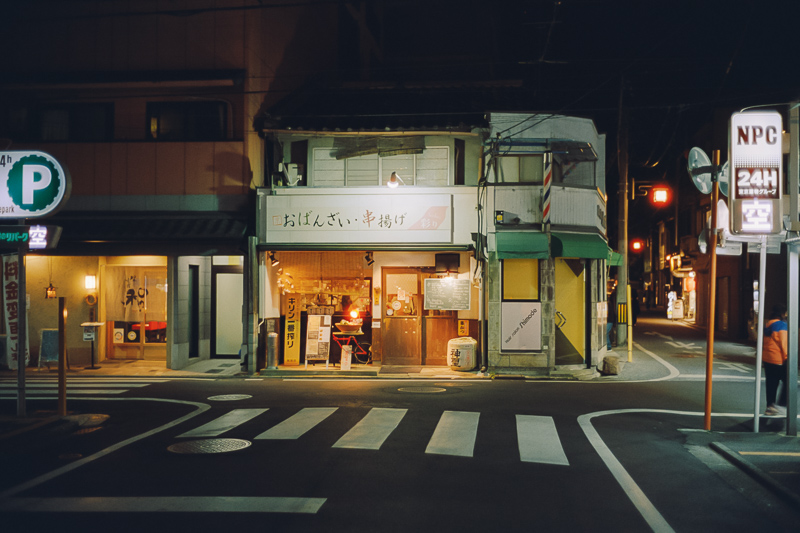
The amount of grain on the other hand is lower than I would have expected. Way lower compared to e.g. the rated-half-as-fast Wolfen NC500.
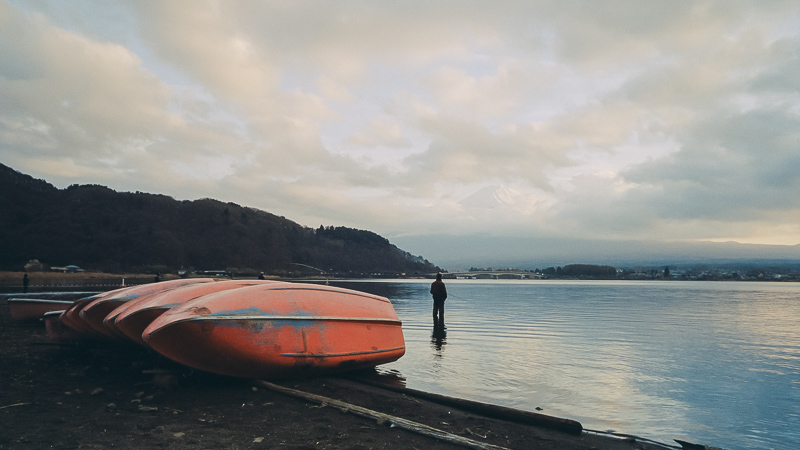
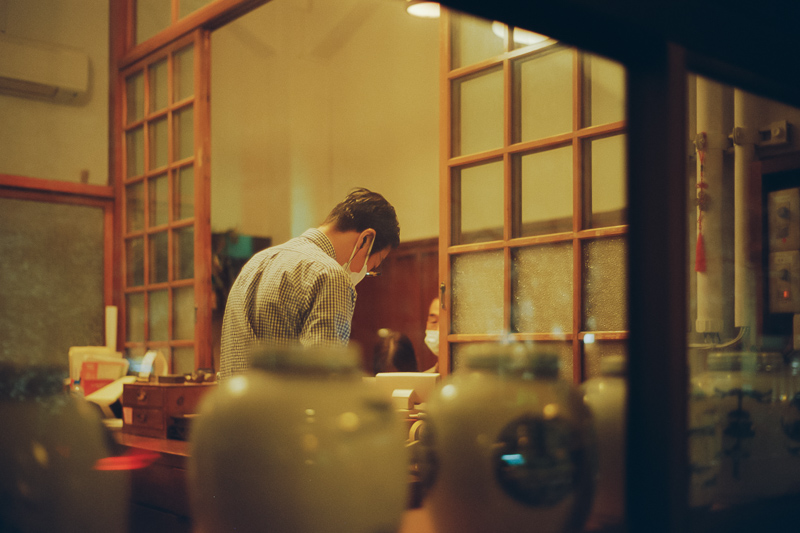
Shooting at higher ISOs is one of the areas where the advantage of a modern digital sensor is most significant. We will still check in the next part of this series what the results look like with this film pushed by one stop.
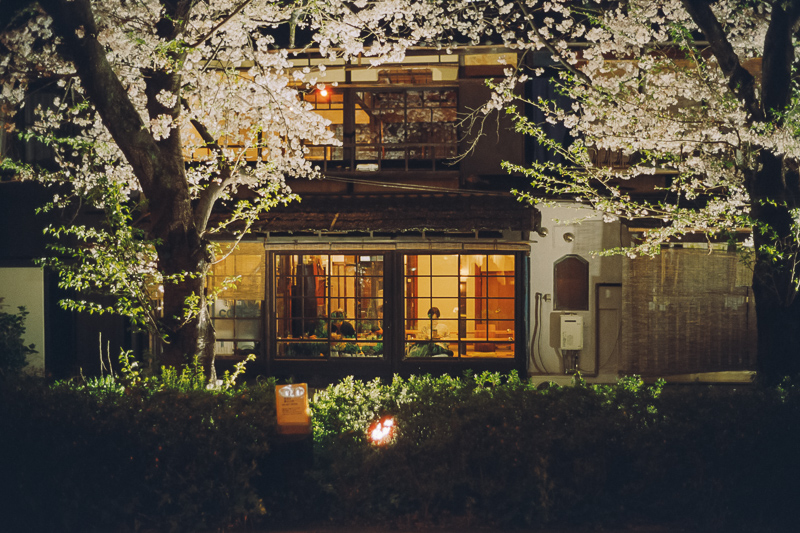
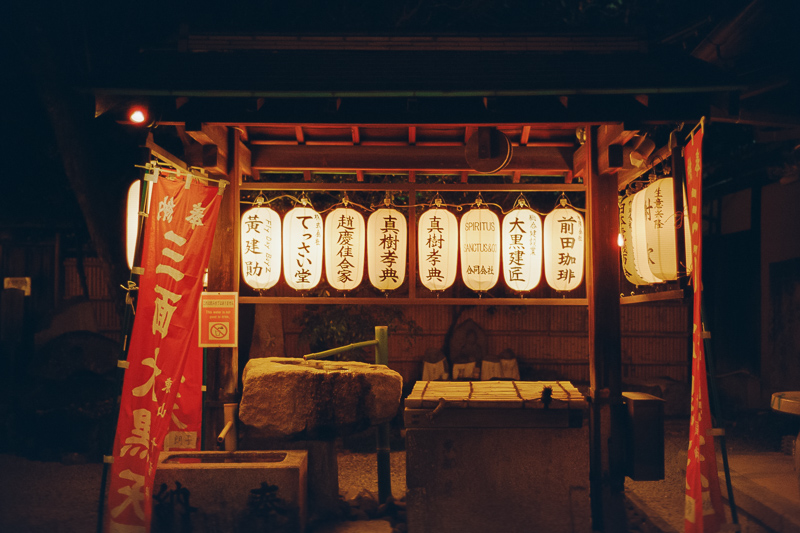
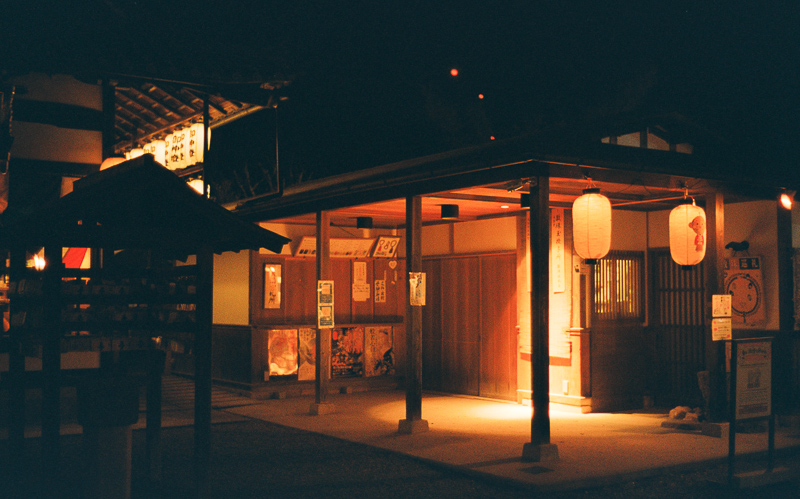
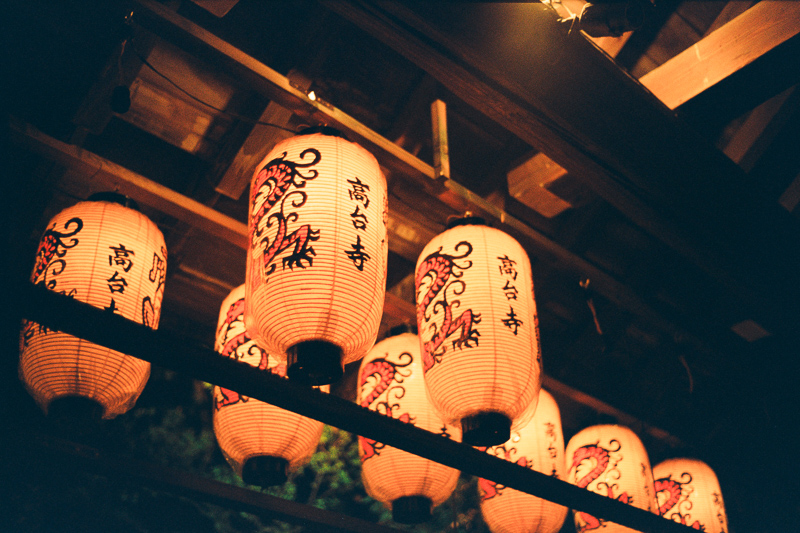
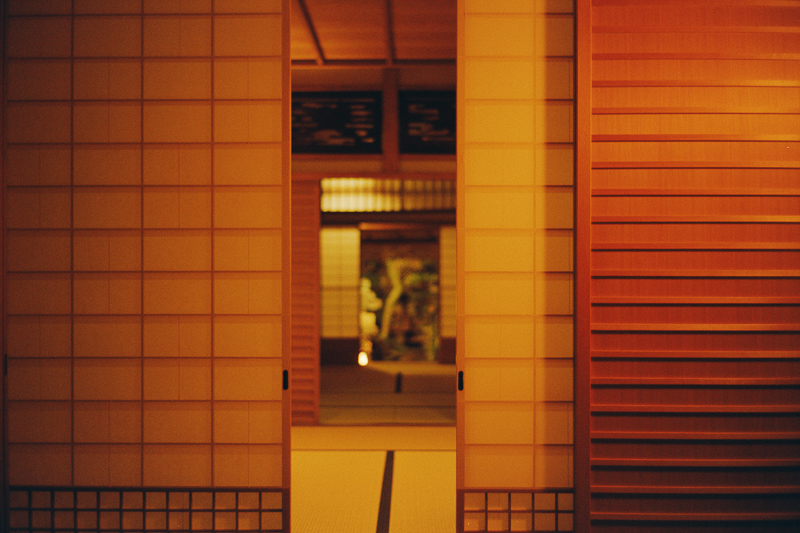
Further Reading
- Analogue Adventures Landing Page
- Leica M lens reviews
- Technical Knowledge
- Share your own analogue adventures on our Discord
Support Us
Did you find this article useful or just liked reading it? Treat us to a coffee!
![]()
![]()
![]() via Paypal
via Paypal
Latest posts by BastianK (see all)
- Review: Viltrox AF 35mm 1.2 FE LAB - December 17, 2025
- Analogue Adventures – Part 47: Tübingen - December 17, 2025
- Review: Zeiss Milvus 25mm 1.4 Distagon - December 13, 2025
Bastian, you have created some wonderful images as always. However, I think this is a rare example of where I think I prefer the standard C-41 processing results over ECN-2. When you reviewed Kodak Gold, I was blown away by the beautiful colours and rendering of Gold under ECN-2, but perhaps Portra ‘prefers’ C-41?
That article is coming, too 🙂
Bonjour,
I have a question, but it’s not exactly the subject…
See the scanning is done as a jpg file.
My question; if you print do you use jpg or tiff? Printing done on internet sites is all in jpg, but that means that a lot of information is lost. What is the best way of printing?
A high quality jpeg with little compression hardly looses “a lot of information” compared to a tiff.
And analogue pictures, their image quality is actually so bad compared to those taken with digital cameras, it matters even less here.
Thank you very much!
So in fact there is no reason to fill HD’s with .tiff files as I always do after post raw editing?
There are different views on this, I don’t think there is that one right answer and even less so I think I am an expert on data storage management 😅